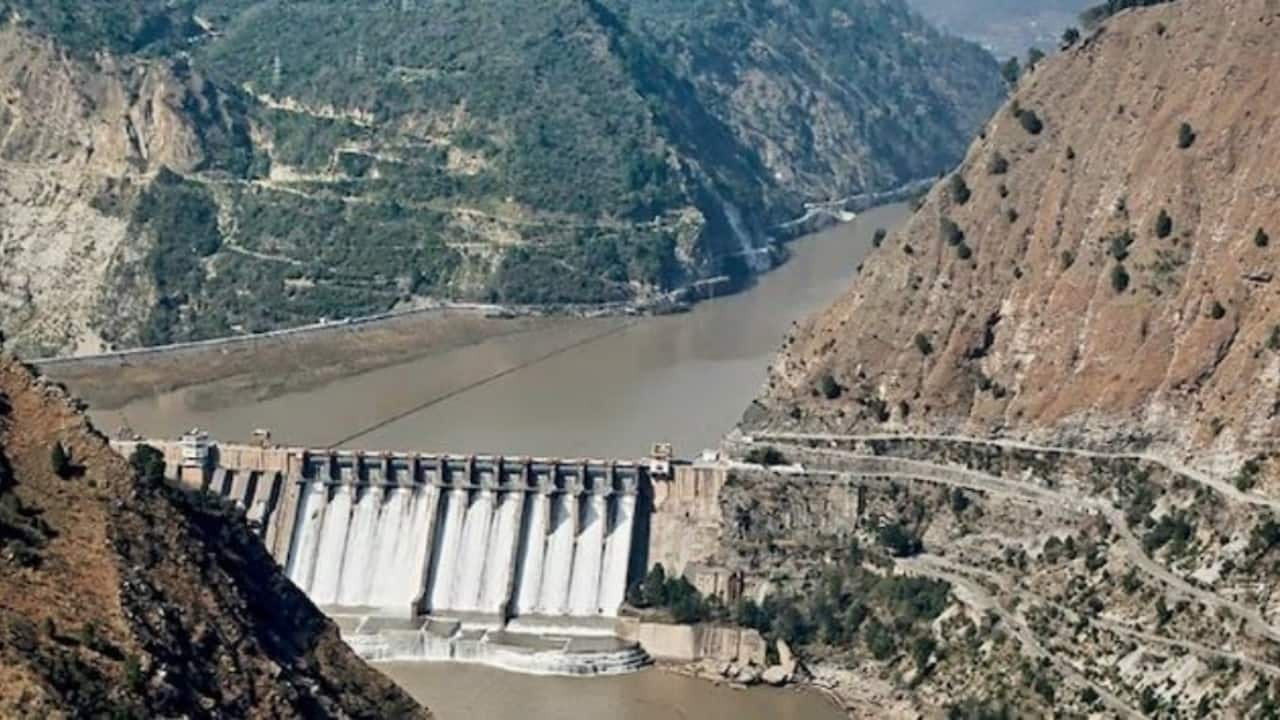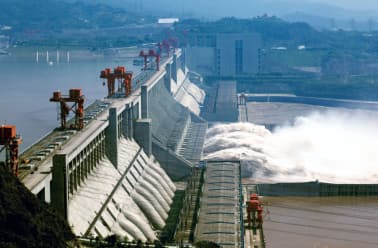Pictures | China begins work on $167 billion mega dam on Brahmaputra amid India's 'water bomb' fears
China has begun constructing a massive $167 billion hydropower dam on the Brahmaputra river in Tibet, close to the Arunachal Pradesh border, sparking fresh concerns in India over potential downstream impact. The dam, touted as one of the world’s biggest, is part of Beijing’s ambitious clean energy push but has raised fears of strategic water control and flash floods during conflict. India has expressed concerns about the project’s potential to become a “water bomb” that could be weaponised, especially since there is no formal water-sharing treaty between the two neighbours.
1/6

China has started building a massive hydropower project on the Yarlung Tsangpo (Brahmaputra) river near Nyingchi, close to the Arunachal Pradesh border. The dam is expected to surpass the Three Gorges Dam in capacity. (Representational Image)
2/6

The five-dam cascade project is expected to cost around 1.2 trillion yuan (approx. US$167 billion), making it one of the most expensive hydro-infrastructure undertakings globally. ( Representative Image)
3/6

Once complete, the project could generate 300 billion kilowatt-hours annually—more than the output of the Three Gorges Dam, boosting China’s renewable energy capabilities significantly. (Image: AP)
4/6

Indian officials and experts have expressed concern that the dam could be used as a “strategic water bomb” to control water flows into India during crises or conflicts. Unlike India’s river agreements with Pakistan and Bangladesh, no binding water-sharing treaty exists between India and China, making unilateral projects like this a source of geopolitical tension.
5/6

Experts have warned that the dam construction could cause large-scale ecological damage in the fragile Tibetan plateau, affecting river ecosystems downstream in India and Bangladesh. (Representative Image)
6/6

China has said it will "fully consider the impact on downstream areas" and keep communication lines open, but India remains wary of Beijing’s increasing control over transboundary rivers.
Discover the latest Business News, Budget 2025 News, Sensex, and Nifty updates. Obtain Personal Finance insights, tax queries, and expert opinions on Moneycontrol or download the Moneycontrol App to stay updated!






